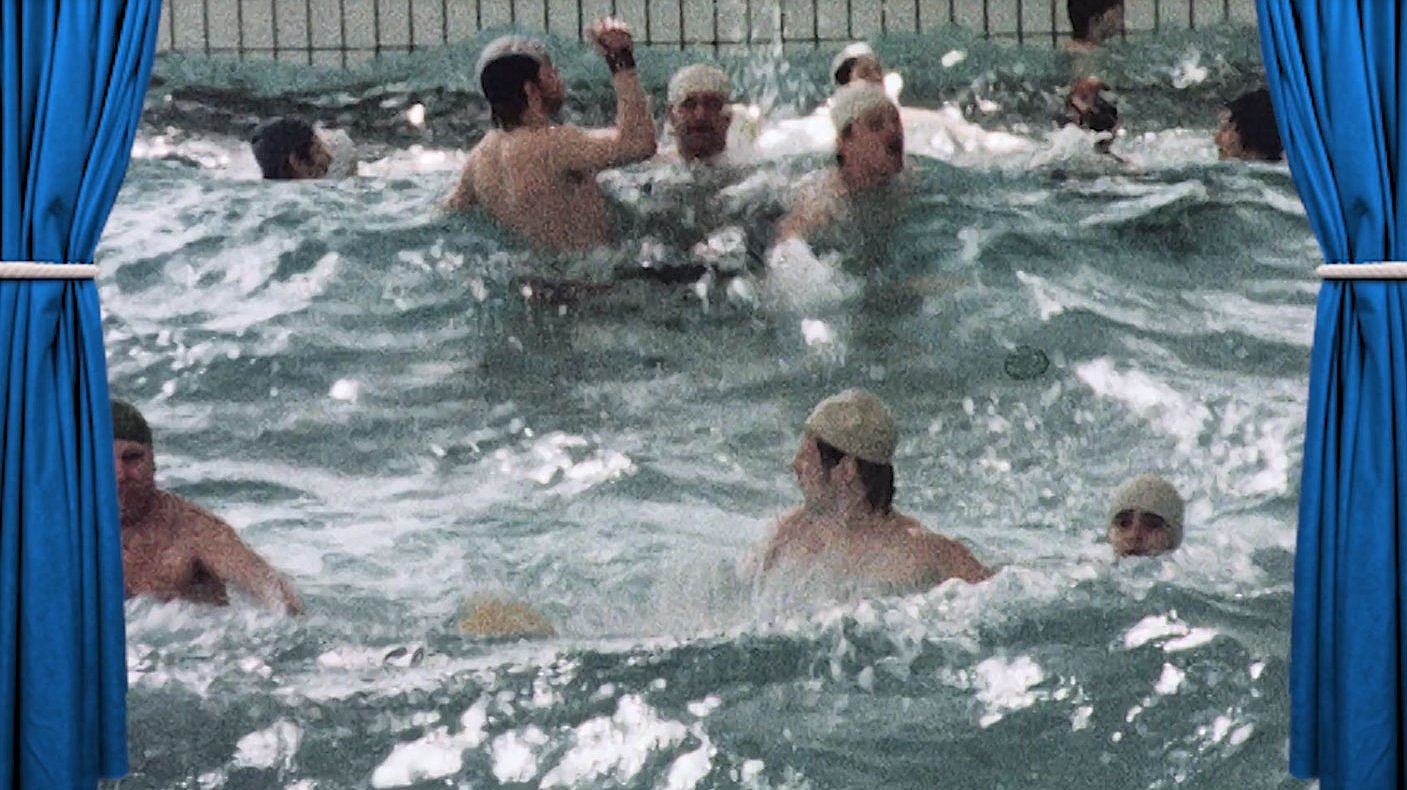The first GDR fun pool
March 20, 1981 was a special day. For HOCHTIEF, for the German Democratic Republic. And above all for the first man in the SED state: Erich Honecker picked up a golden key on that day and set high waves in motion with the push of a button. It was opened, the first fun pool in real existing German socialism. At the same time, it was a vivid example of many an absurdity in the self-image of the East.
A huge bathing complex, bowling alley, table tennis tables, ballet halls, a hairdressing salon - large glass surfaces, aluminum-clad facades with mullioned windows, colorful furnishings - the state client had not skimped on the prestige object. Honecker was effusive in his praise of those involved, especially the state-owned companies that had contributed to the construction. What he didn't mention at the ceremony was that the West had made the project possible in the first place.
Honecker at the wave pool
The first man in the East German state opened the GDR's first fun pool, built by HOCHTIEF. Erich Honecker, then General Secretary of the SED Central Committee and Chairman of the Council of State, called the sports and recreation center a symbol of the "unity of economic and social policy."
© Bundesarchiv, Image 183-Z0320-406 / Reiche, Hartmut / CC-BY-SA 3.0, CC BY-SA 3.0 DE, via Wikimedia Commons
The leisure colossus in the heart of Berlin had been designed by Swedish architects - HOCHTIEF had to adapt it because it posed technically unsolvable problems for the GDR supply companies and the GDR construction management identified the original plans as too Western-decadent. HOCHTIEF engineers were granted permanent visas and still had to adjust to daily border controls. What Honecker did not tell, and possibly did not even suspect, was that HOCHTIEF was using an employee who had fled the GDR only a short time before. His advantage: He was very familiar with GDR standards and regulations. His disadvantage: For obvious reasons, he was never able to experience the construction site live.

With the sports and recreation center, christened SEZ, the state planners apparently hit the popular will like the famous nail on the head. 15,000 people cavorted here daily to seek distraction from the day's service to the means of production. In order to create an ambience that was up to date in terms of leisure technology, HOCHTIEF managers traveled through the entire East German landscape, procured curtains and the costumes of the hostesses. But there was one thing they couldn't find: modern lighting. So they brought the ball lights made of Japanese paper in the West - from Ikea.
The crowd puller of yesteryear is now an abandoned place. It was closed in 2002 and sold a year later by the Senate of the reunited city because it seemed too expensive to maintain. A private investor bought the sports center for one euro.